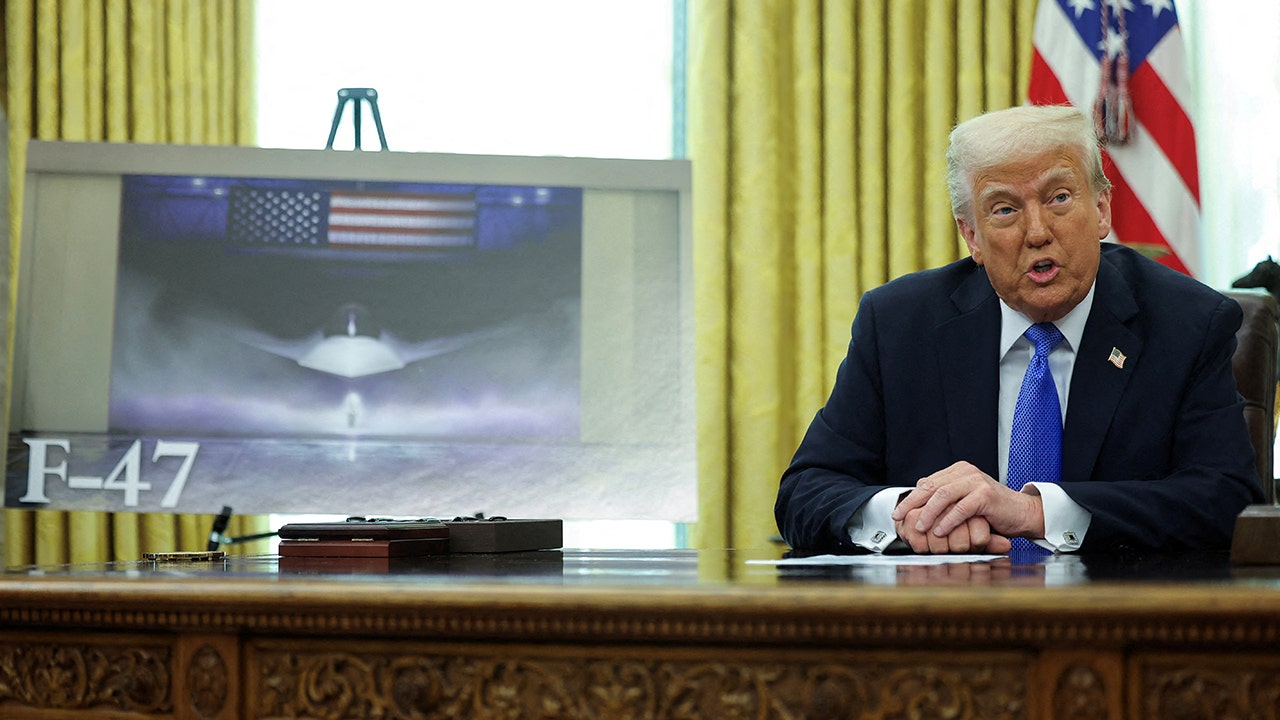US Air Force's F-47: Boeing's Next Generation Fighter – A Deep Dive into the Next-Gen Supremacy
The skies are about to get a lot more interesting. Boeing, a titan in the aerospace industry, is reportedly developing a next-generation fighter jet, tentatively dubbed the F-47, for the United States Air Force. While official details remain scarce, whispers and leaked information paint a picture of a revolutionary aircraft poised to redefine air superiority. This article delves into the potential capabilities, technological advancements, and implications of the F-47, exploring its role in shaping future air combat.
Beyond the Hype: What We Know (and Don't Know) About the F-47
The F-47, currently shrouded in secrecy, is expected to be a significant leap forward from existing platforms like the F-22 Raptor and F-35 Lightning II. While Boeing remains tight-lipped, industry analysts suggest several key features:
Sixth-Generation Fighter Jet Capabilities:
- Advanced Stealth Technology: The F-47 is anticipated to possess significantly improved stealth capabilities, making it incredibly difficult to detect by radar systems. This could involve the use of metamaterials and advanced radar-absorbing coatings.
- Enhanced Situational Awareness: Expect integrated sensor fusion and advanced AI-driven data processing for superior situational awareness. This means the pilot will have a near-perfect understanding of the battlefield in real-time.
- Hypersonic Capabilities: Rumors point towards potential hypersonic speed, giving the F-47 a significant advantage in terms of speed and maneuverability, making it difficult to intercept.
- Directed Energy Weapons (DEW): The integration of laser or other directed energy weapons is a strong possibility, offering a non-kinetic, highly accurate, and potentially cost-effective weapon system.
- Artificial Intelligence (AI) Integration: AI is likely to play a significant role, not only in data processing and situational awareness, but also in autonomous functions and potentially semi-autonomous combat maneuvers.
Unanswered Questions:
Despite the speculation, crucial information remains unavailable. Key questions include:
- Official Confirmation: Boeing has yet to officially acknowledge the F-47's existence.
- Program Timeline: The exact development timeline, including projected completion and deployment dates, is unknown.
- Cost and Budget: The financial implications of such an advanced aircraft are substantial and remain a point of considerable interest.
- Specific Weapon Systems: Details regarding specific weapon systems integrated into the F-47 are currently unavailable.
The F-47 in the Broader Context of Air Power
The development of the F-47 reflects a global arms race and the ongoing evolution of air warfare. Nations are continually investing in advanced fighter jets to maintain a strategic advantage. The F-47's projected capabilities suggest a shift towards:
- Increased reliance on AI: AI will likely play an increasingly important role in future air combat scenarios.
- Emphasis on Stealth and Speed: The need for reduced detectability and enhanced speed will continue to drive technological advancements.
- Next-Generation Weapon Systems: The integration of DEW and other cutting-edge weaponry will change the dynamics of air combat.
Conclusion: A New Era of Air Supremacy?
The potential arrival of the F-47 represents a significant step forward in air power technology. While much remains unknown, the anticipated capabilities suggest a dramatic shift in air combat strategies. Only time will tell the full extent of the F-47’s impact, but its potential to redefine air superiority is undeniable. Stay tuned for further updates as information becomes available. What are your thoughts on the future of air combat and the potential of the F-47? Share your predictions in the comments below!
(Note: This article is based on publicly available information and speculation. No official confirmation regarding the F-47 exists at this time.)
